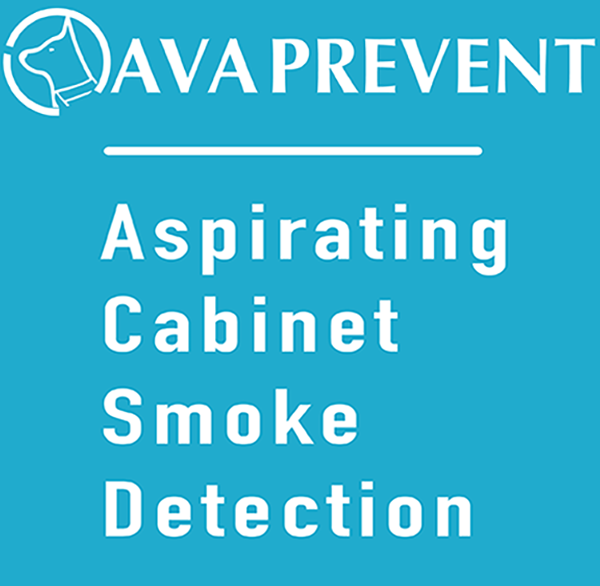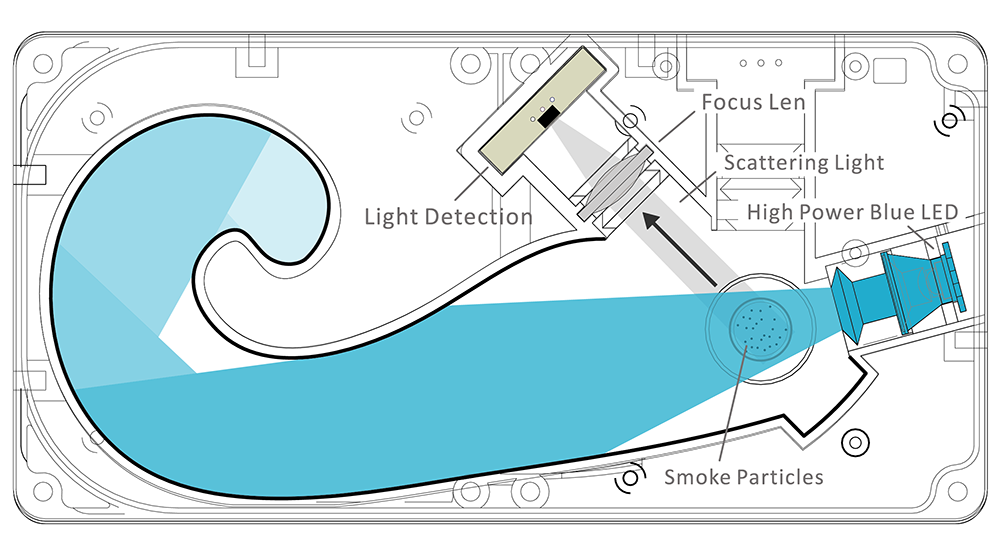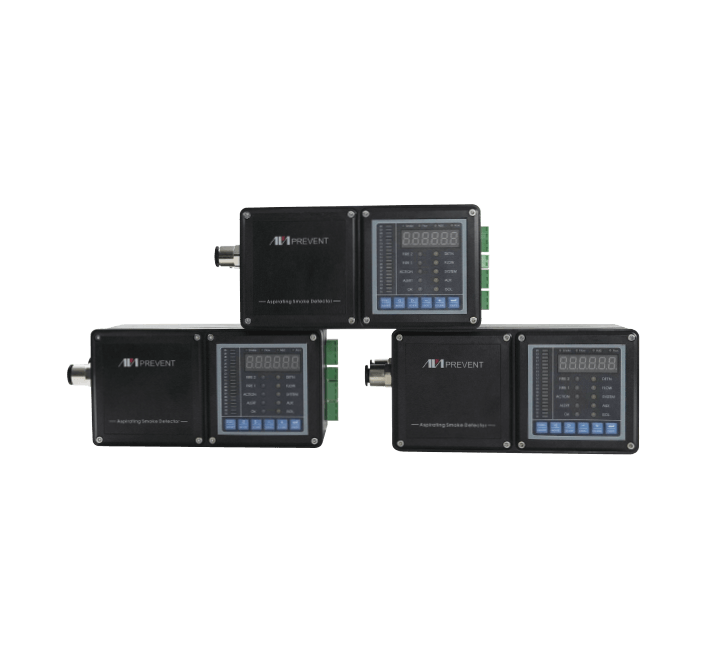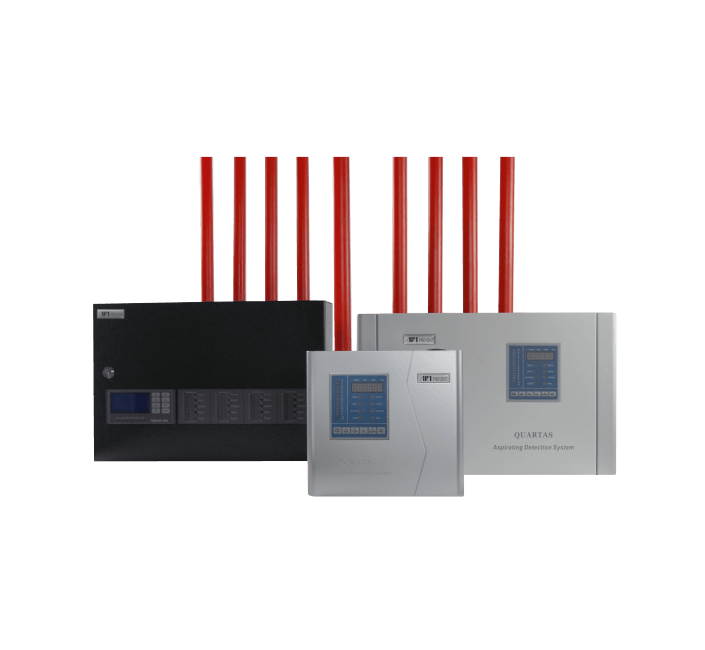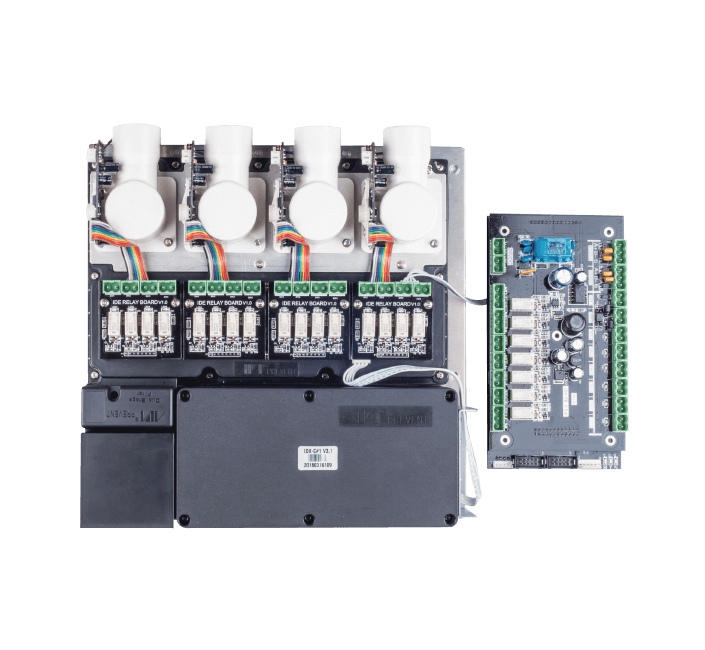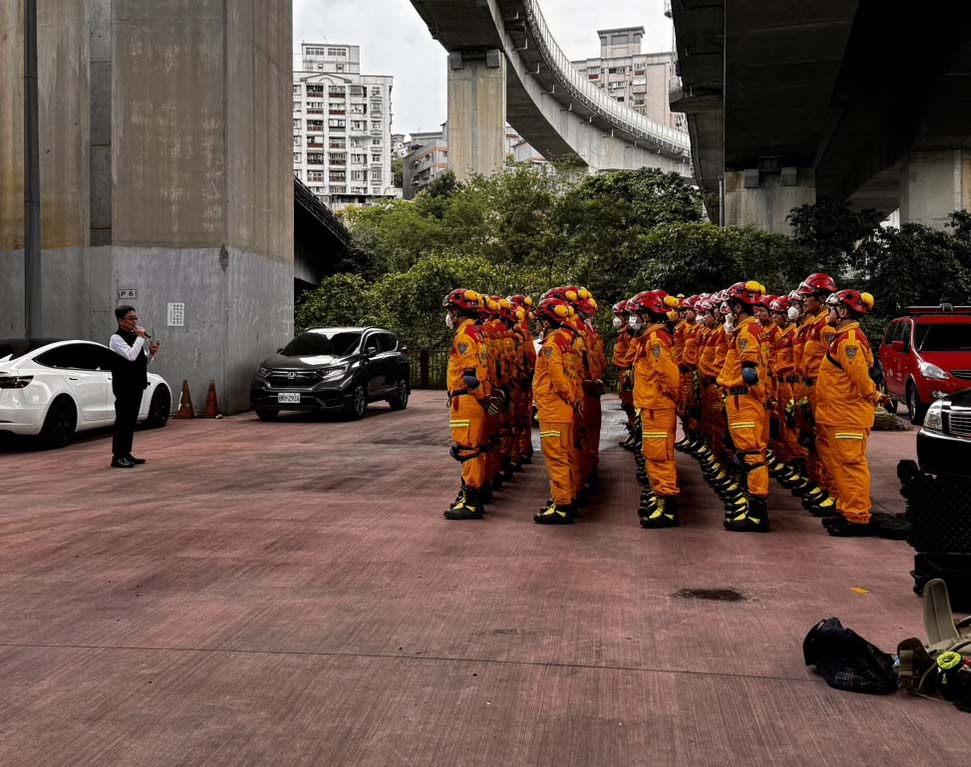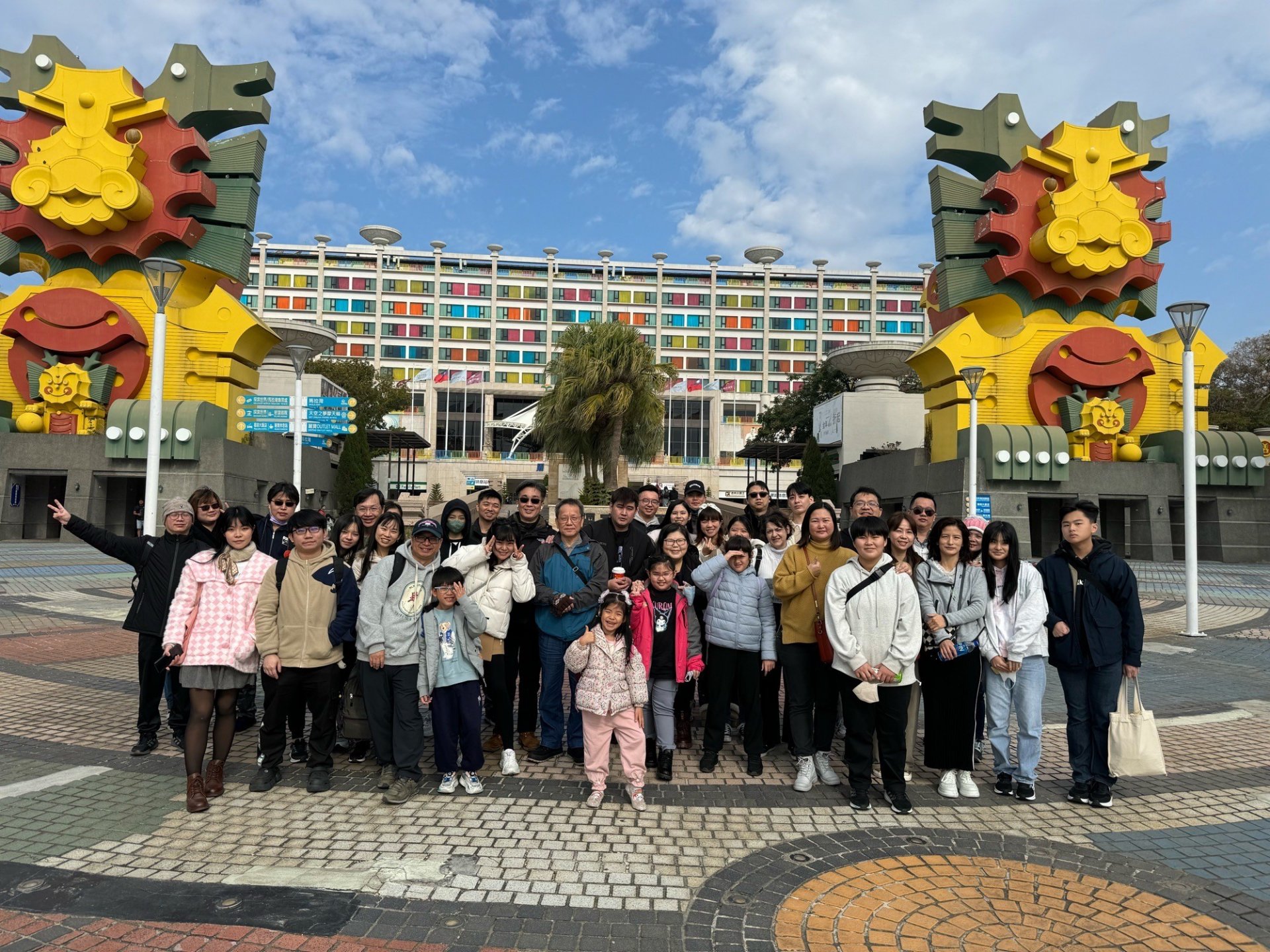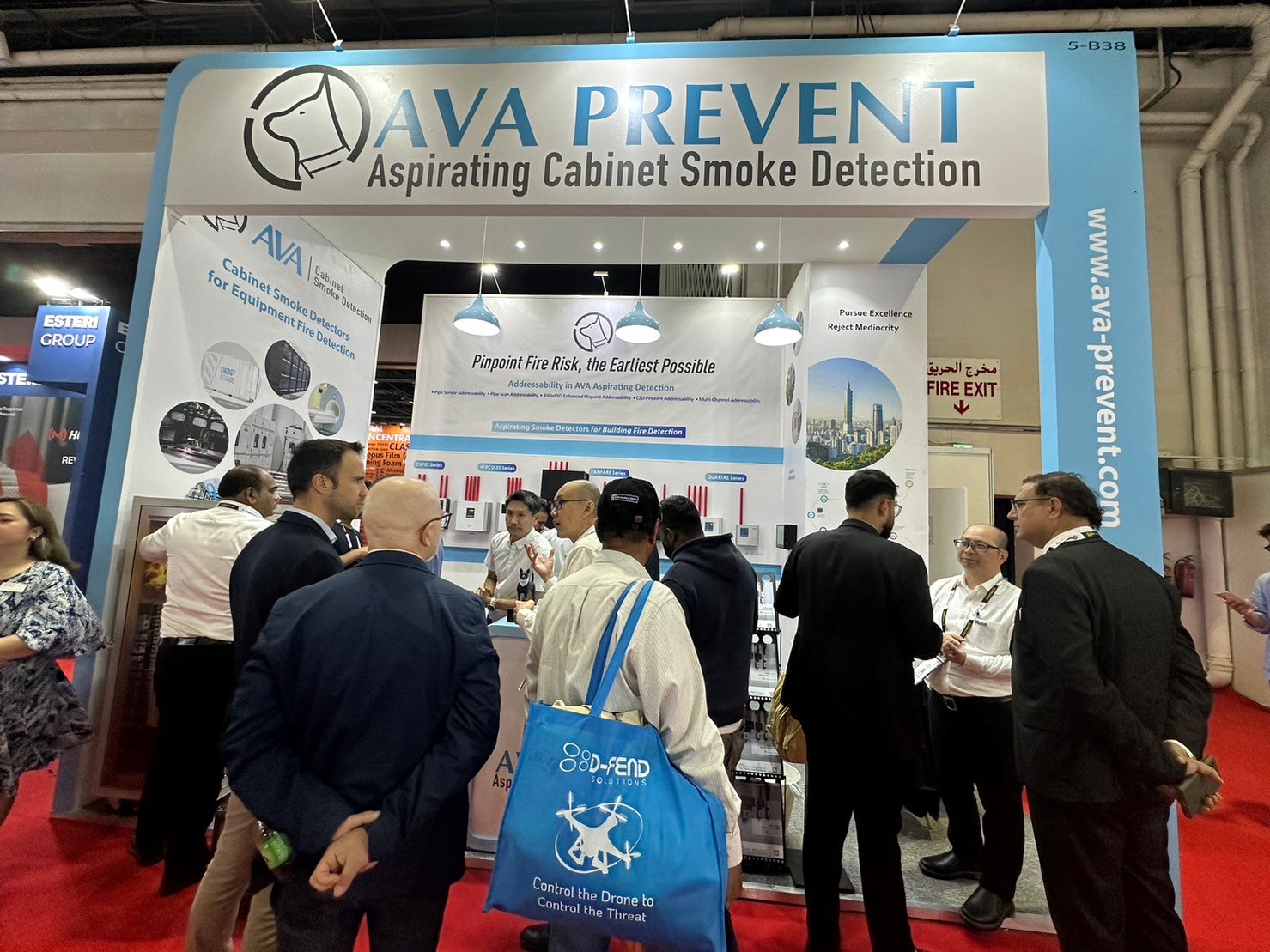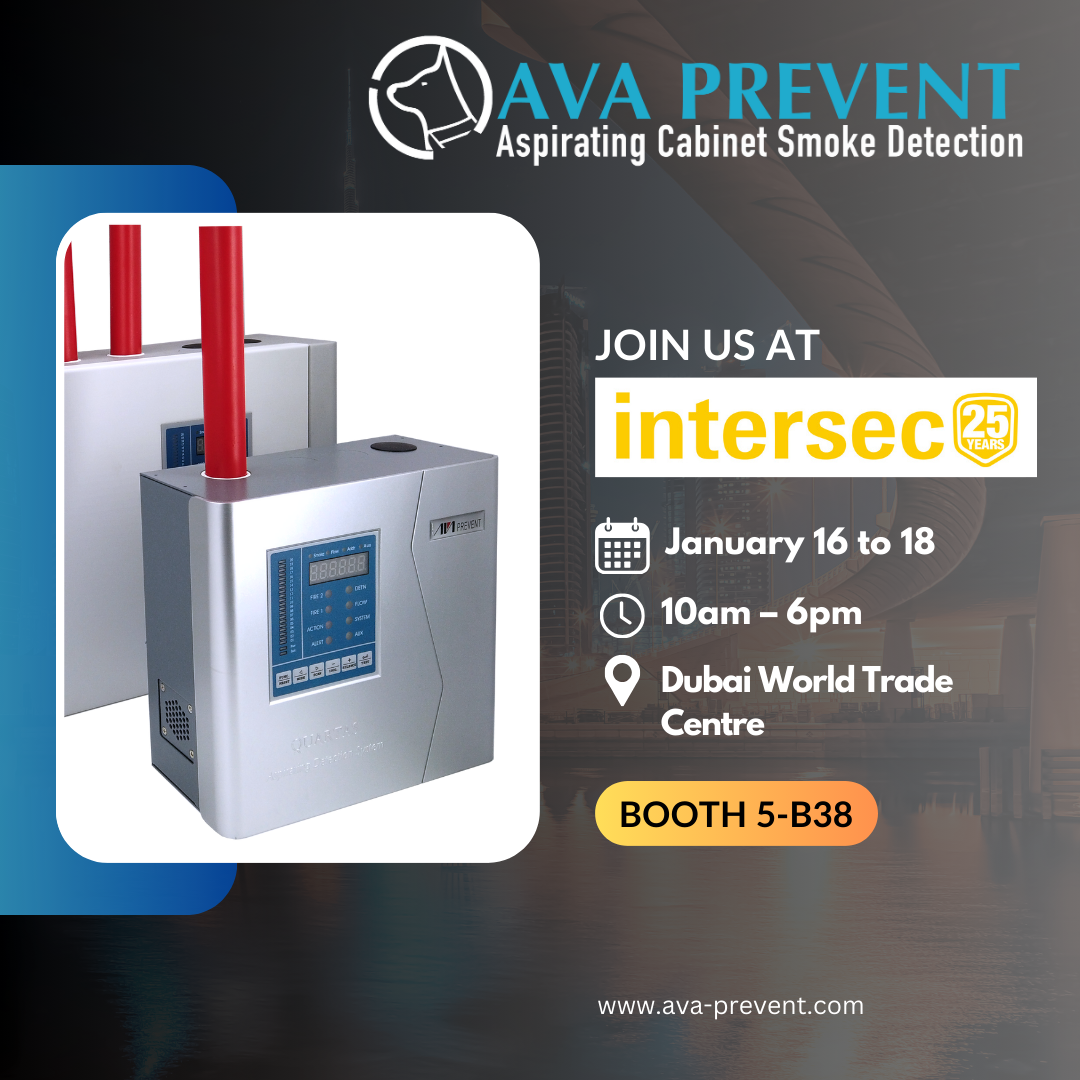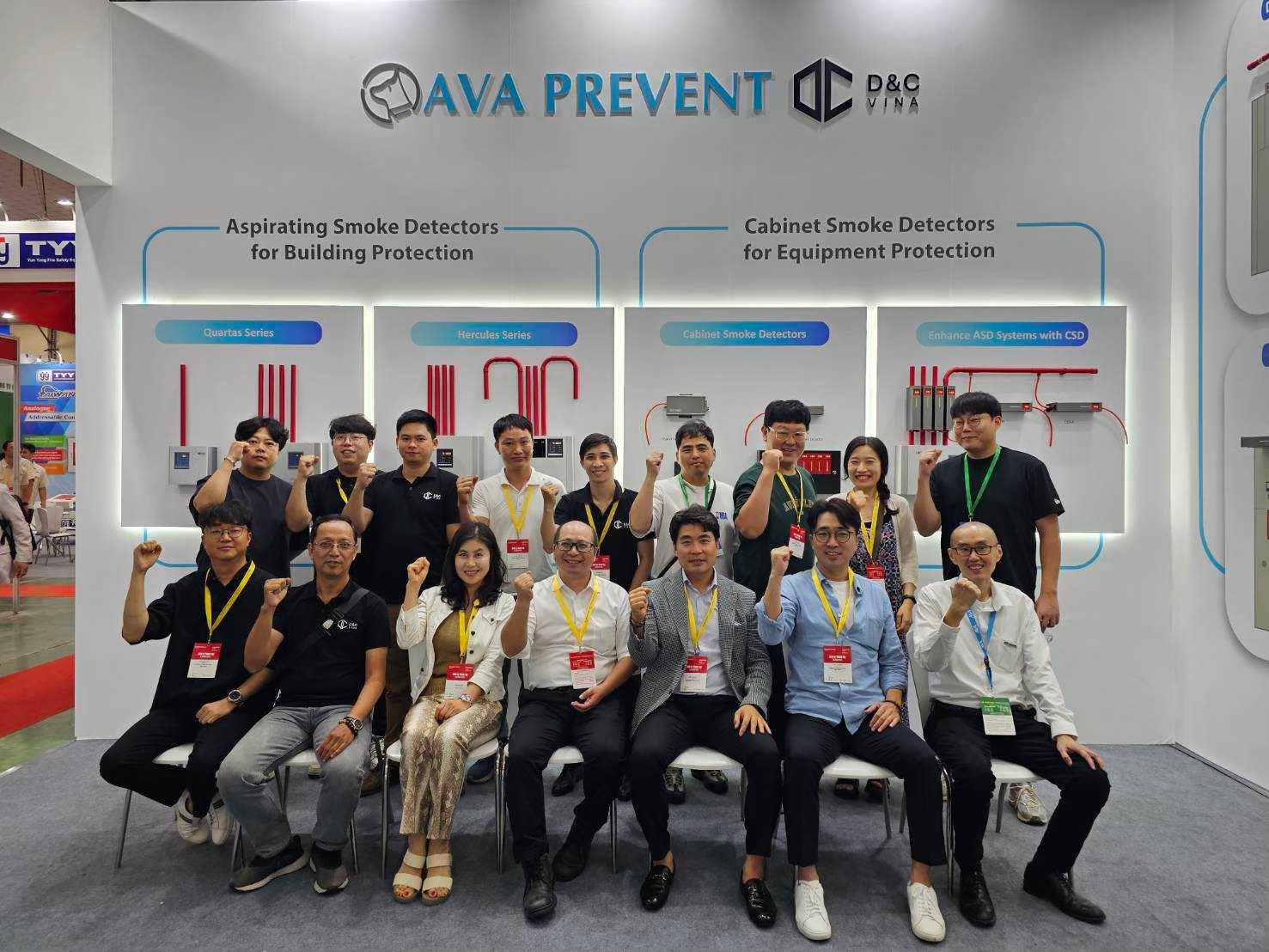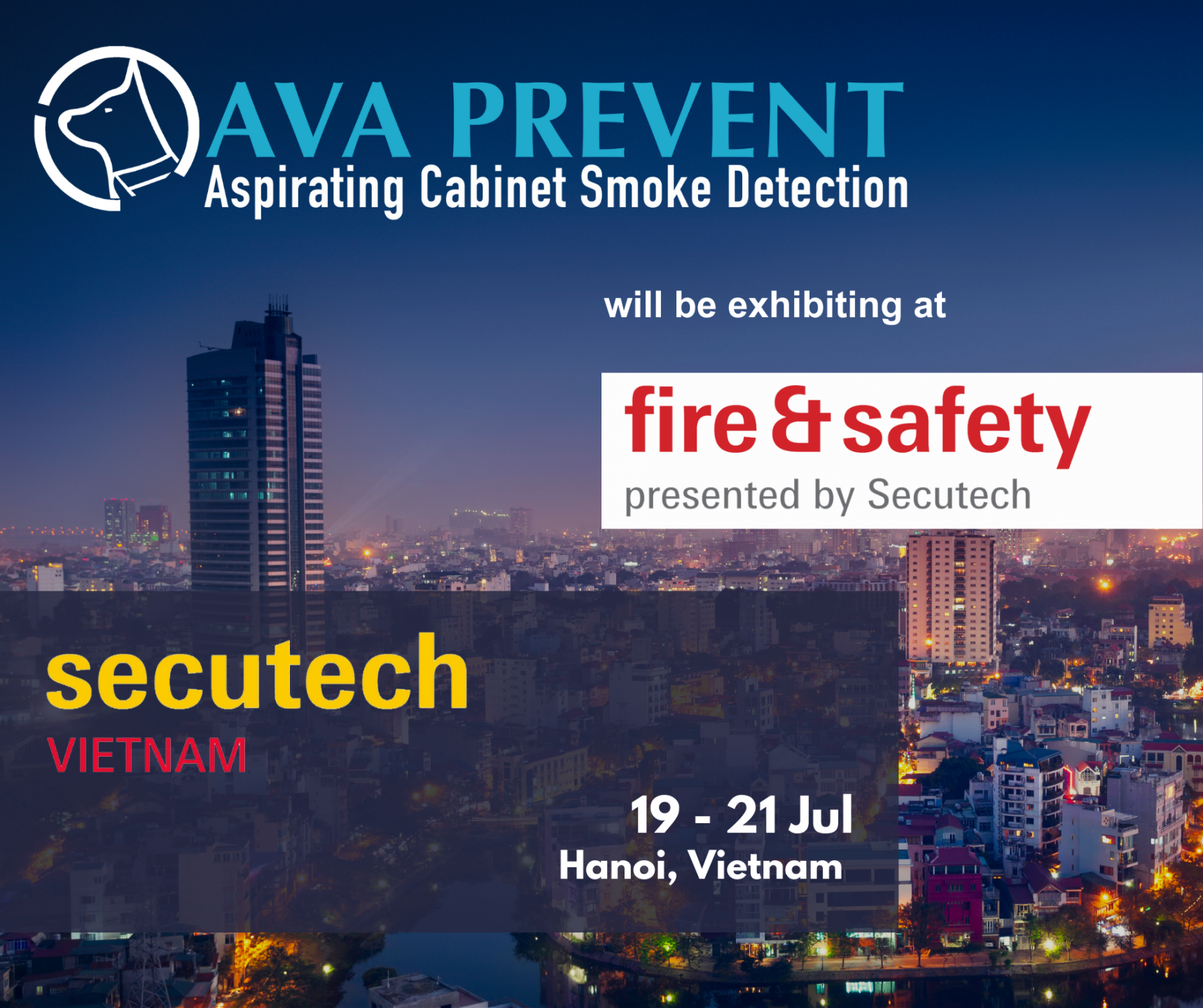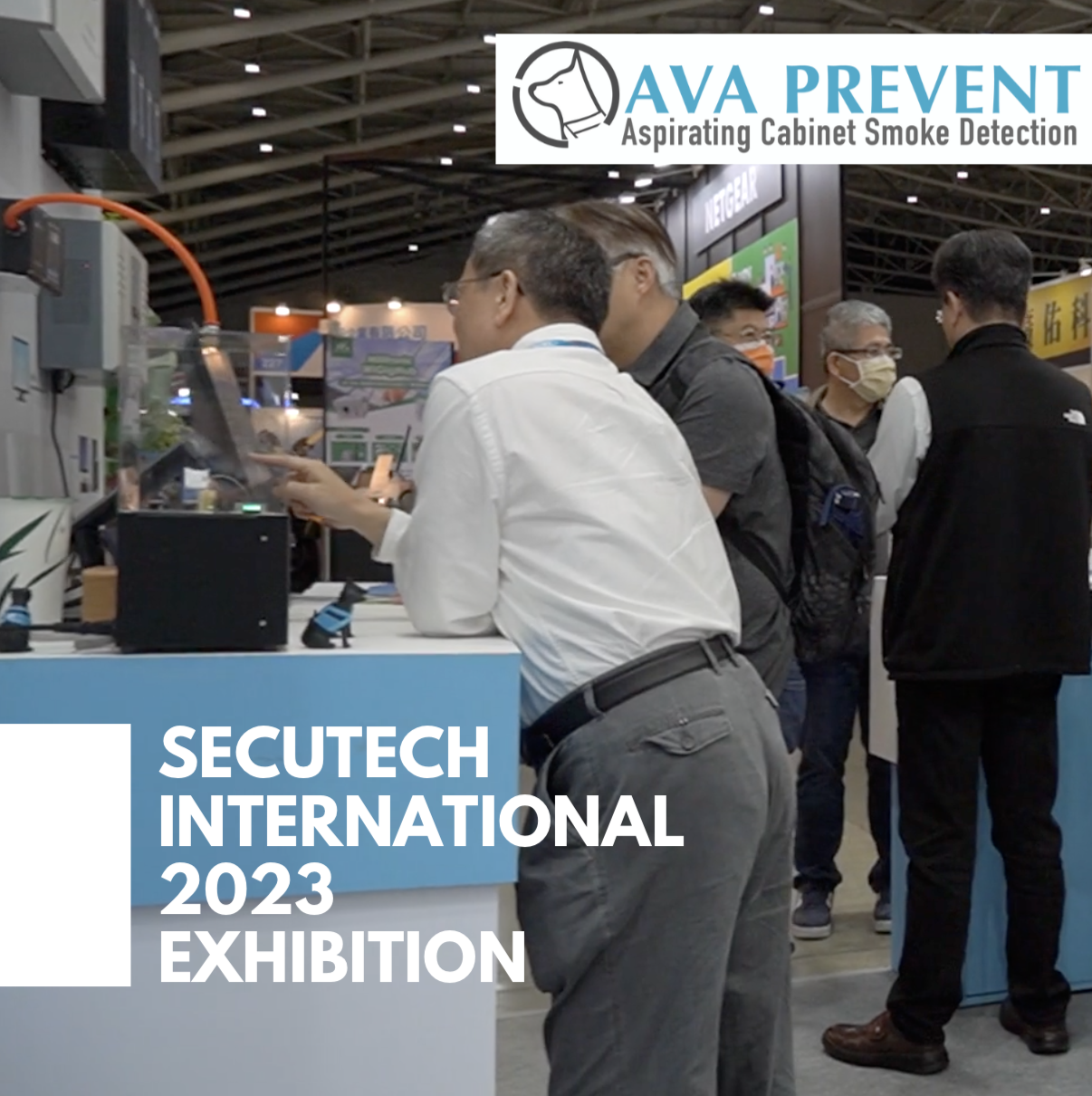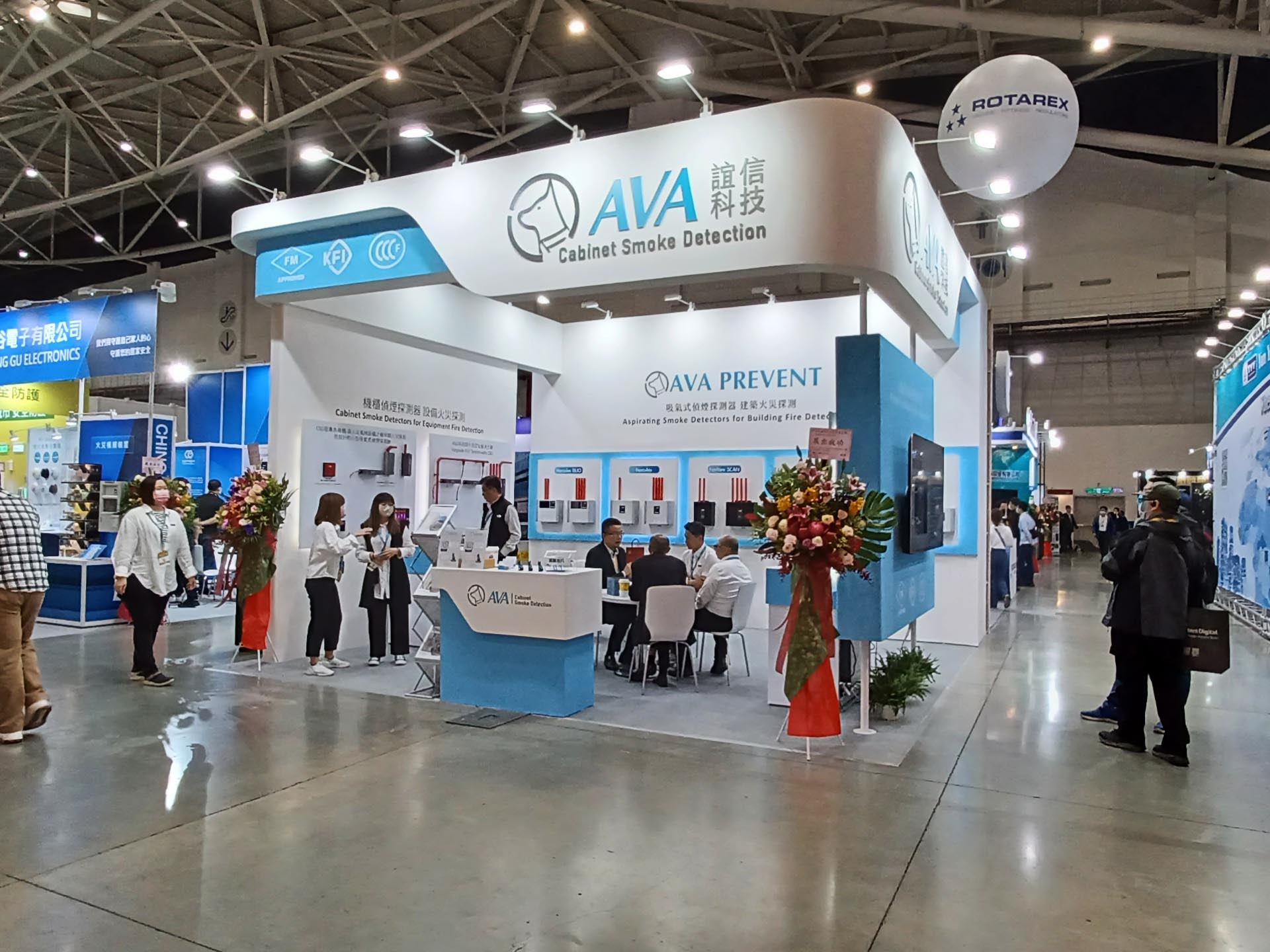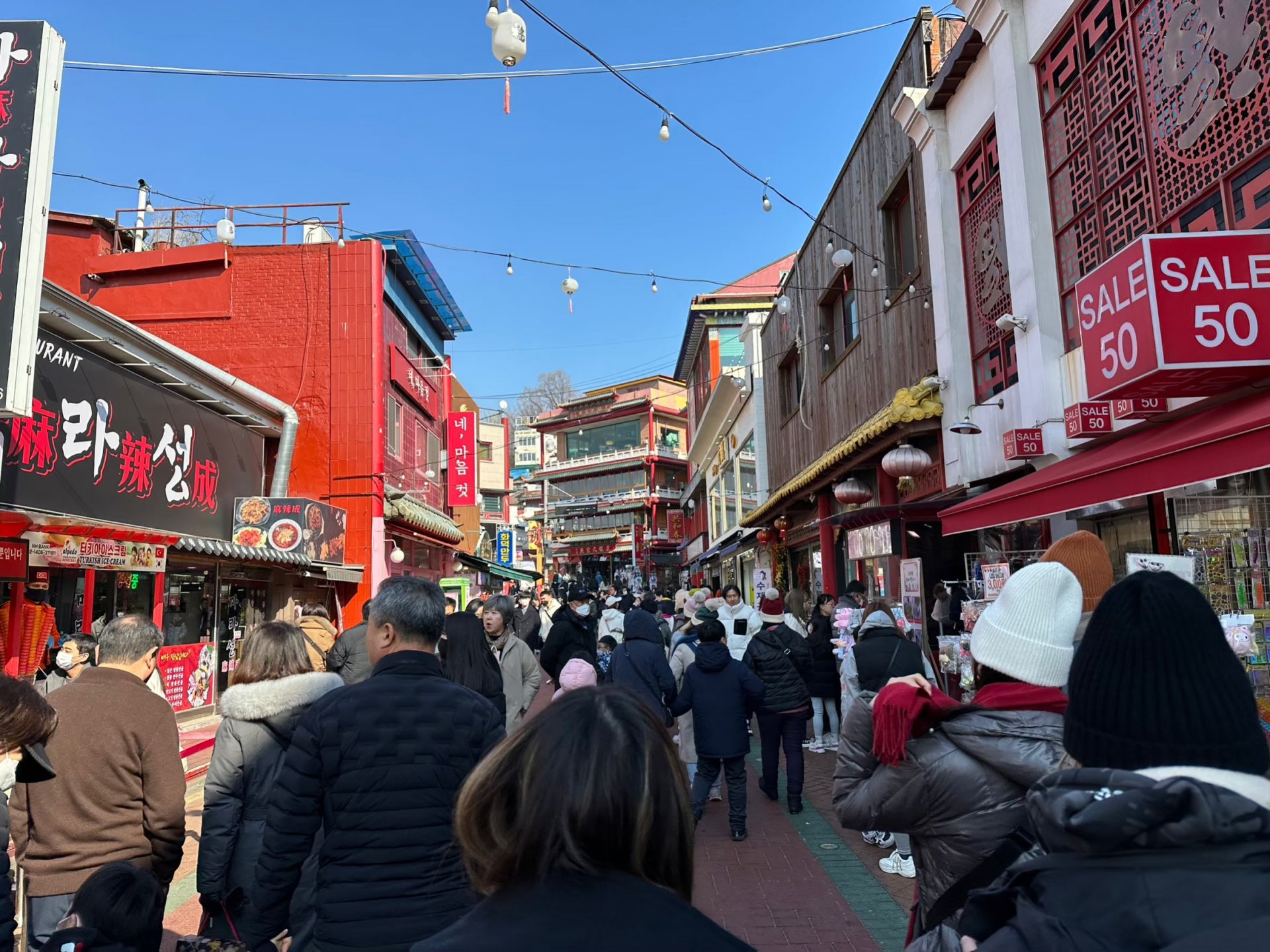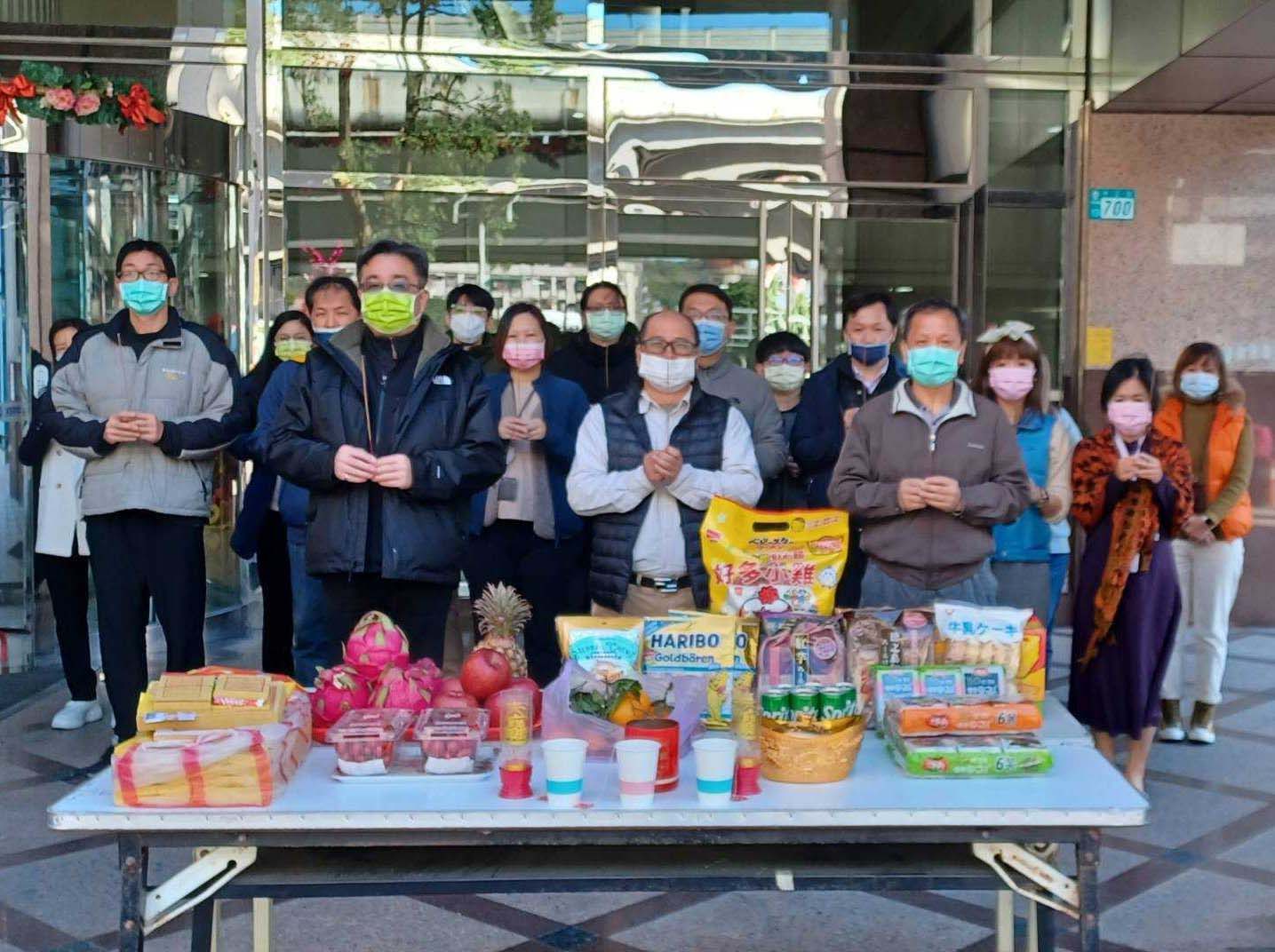AVA Aspirating Smoke Detector is using High Power Blue LED as the State of the Art detection technology. The bright and short wavelength blue light is very sensitive to small smoke partcles generated during the incipient stage of a fire, at which time the smoke is invisible to human eyes. The highest alarm sensitivity of AVA high sensitivity smoke detector is 0.005%/m, which is 1000 times more sensitive to conventional point type smoke detector.
The New CSD
Introducing the Next Generation of Cabinet Smoke Detector utilizing AVA's latest developed Duo Series High Sensitivity Smoke Chamber.
CSD-10, CSD-100 Duo and CSS-10
Products
為什麼選擇我們的咖啡
CSD
CSD is the world's first dedicated cabinet aspirating smoke detector. Also provide with optional carbon monoxide and temperature/humidity sensors.
ASD
Aspirating smoke detectors especially developed for small and large area very early warning fire detection by AVA prevent Technology.
-
1 Decade
AVA PREVENT established in 2009.
It achieved 10 years anniversary in 2019. -
100 Years
Total Man-Year experiences of Key Members in R&D, Manufacturing, Design, Installation, Commissioning and Maintenance of Aspirating Smoke Detection Systems. -
10,000 Units
More than 10,000 units of AVA series Aspirating Smoke Detector had been manufacturer and used in Asia Pacific.

